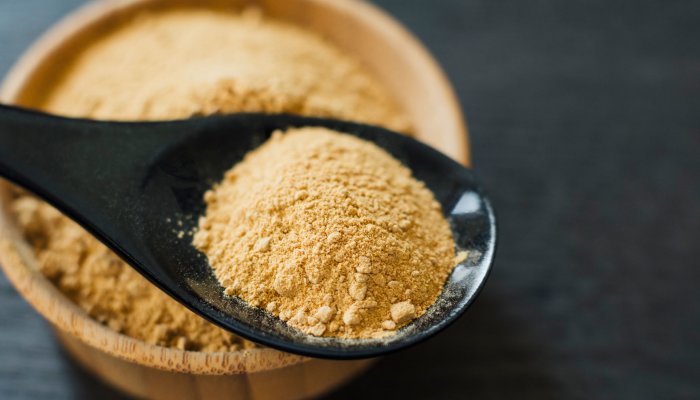

Maca is derived from the root of Lepidium meyenii, which is a perennial plant that grows at high altitudes in the Peruvian Andes.
Also called Peruvian Ginseng and Ginseng Andin, Lepidium meyenii belongs to the Brassica plant family, which also includes broccoli, radishes, and arugula. There are different types of maca, and the roots can range in color, from black to pink.
In Peru, maca has been used as a food and natural medicine for at least 3,000 years. The cooked root can be made into dishes like mashes, while maca flour is used to make baked goods, like breads and cakes. It’s also used as a traditional medicine to treat conditions such as fertility challenges and respiratory disorders.
Though maca has been a staple food and medicine in Peru for thousands of years, it’s only recently become popular in the U.S. Over the past couple of decades, the demand for maca has skyrocketed as more people become interested in natural remedies for low libido and fertility challenges.
Following this increased public demand, scientific interest in maca root has picked up. The number of scientific publications focusing on maca increased by 550% over one decade, from 35 papers in 2010 to 228 in 2020.
While maca root can be used as a food source, it’s mostly consumed as a supplement in the U.S. It’s usually consumed as a powder, but can also be found in capsules and gummies. Maca powder has a nutty, slightly butterscotch-like taste.
As for how it’s usually used, “Maca root powder can be safely incorporated into a person’s diet by adding it to foods and drinks, like baked goods and smoothies,” herbalist Grace Yoon tells mindbodygreen.








